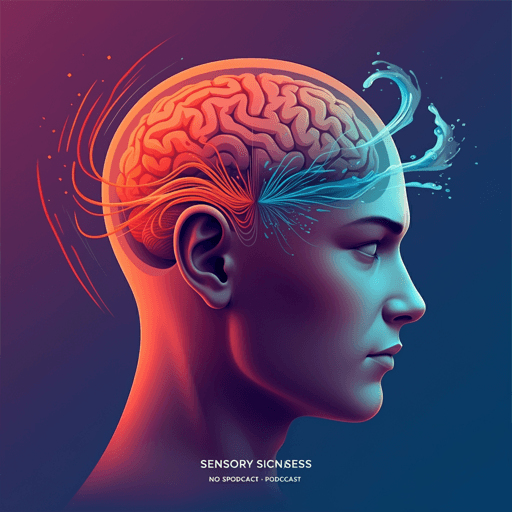
Medicine and Health
Validating sensory conflict theory and mitigating motion sickness in humans with galvanic vestibular stimulation
A. R. Allred, A. R. Gopinath, et al.
Using galvanic vestibular stimulation (GVS) to manipulate vestibular sensory conflict during passive translations, the study found that reducing conflict cut motion sickness by 26% while increasing it raised symptoms by 56%, supporting a causal vestibular role. Research conducted by Aaron R. Allred, Aadhit R. Gopinath, and Torin K. Clark.
~3 min • Beginner • English
Related Publications
Explore these studies to deepen your understanding of the subject.







